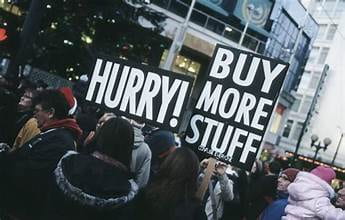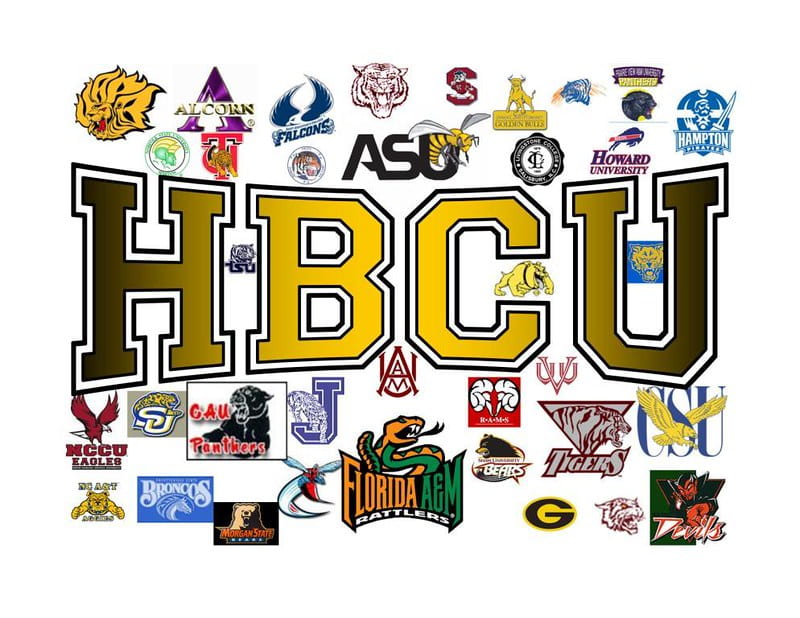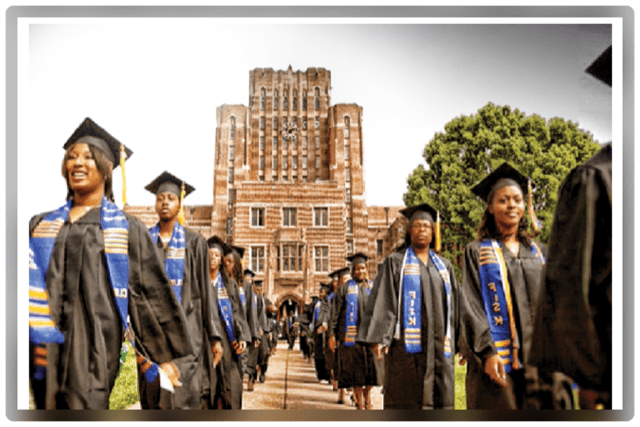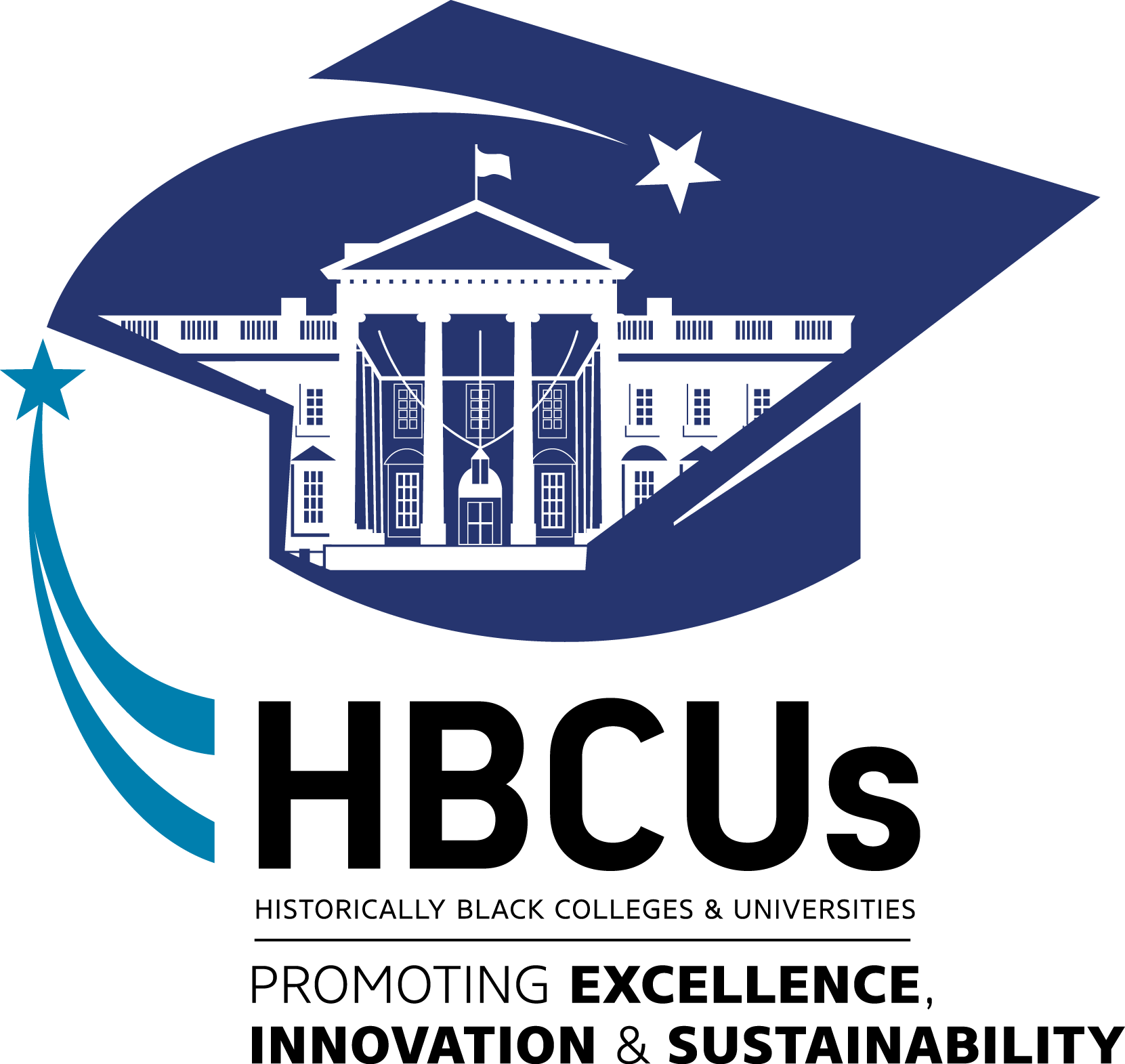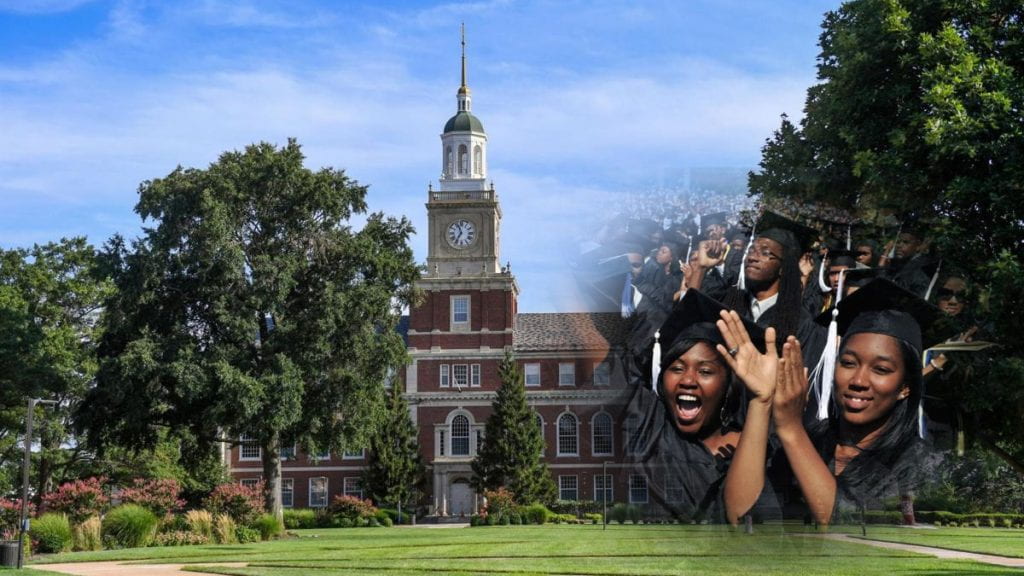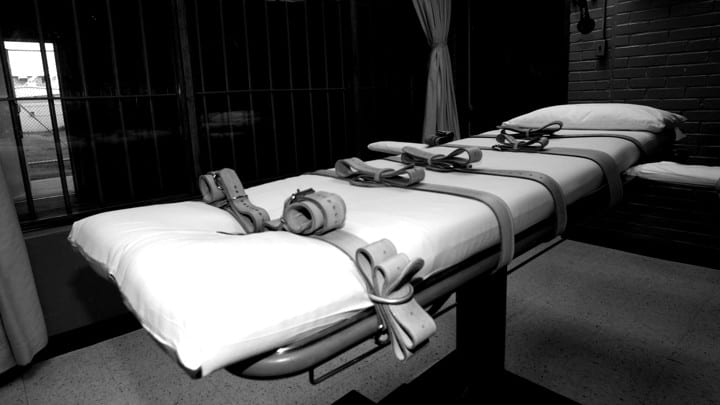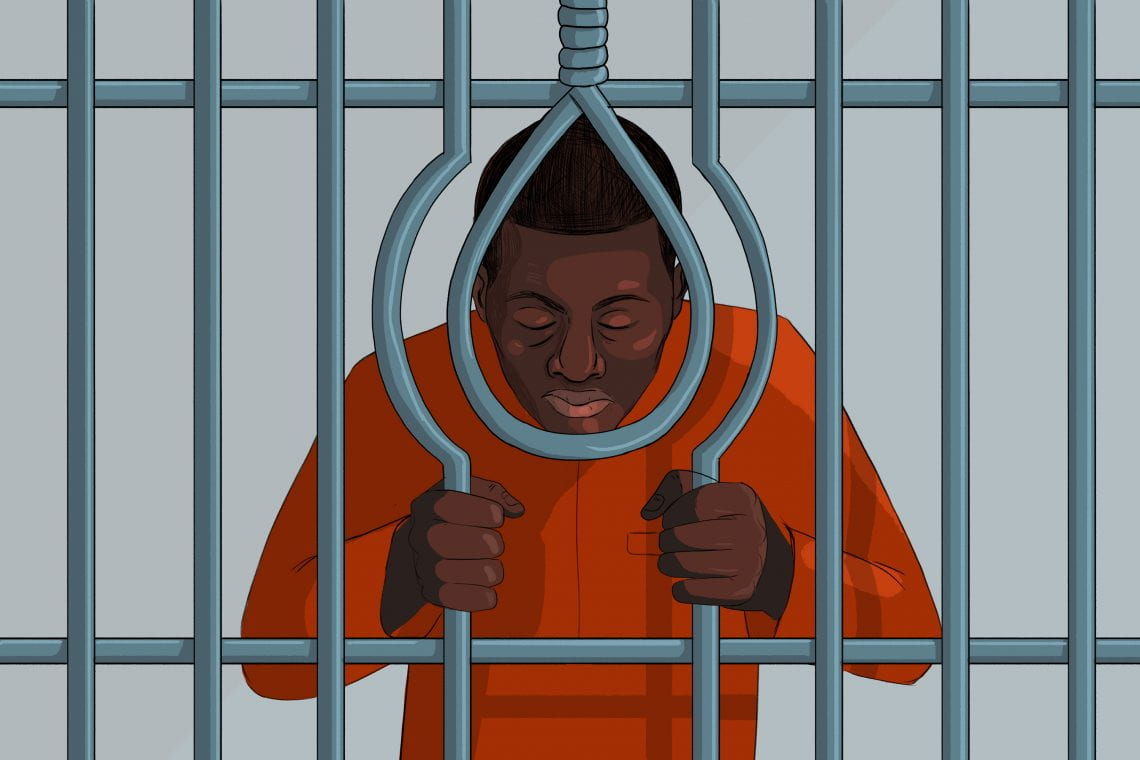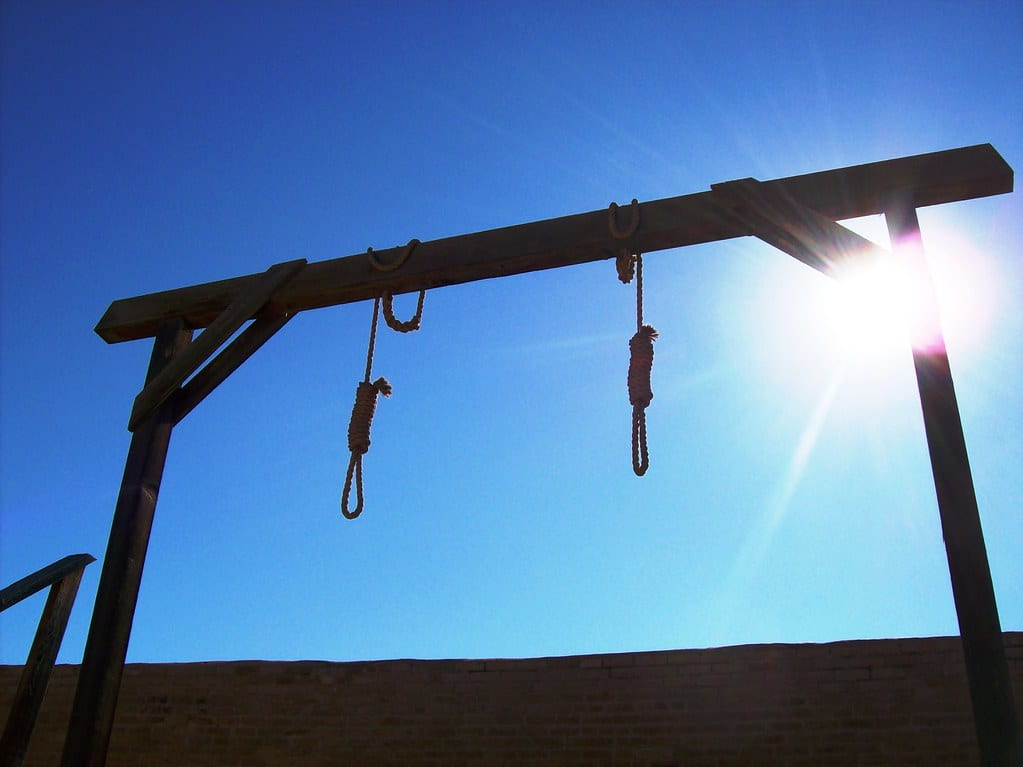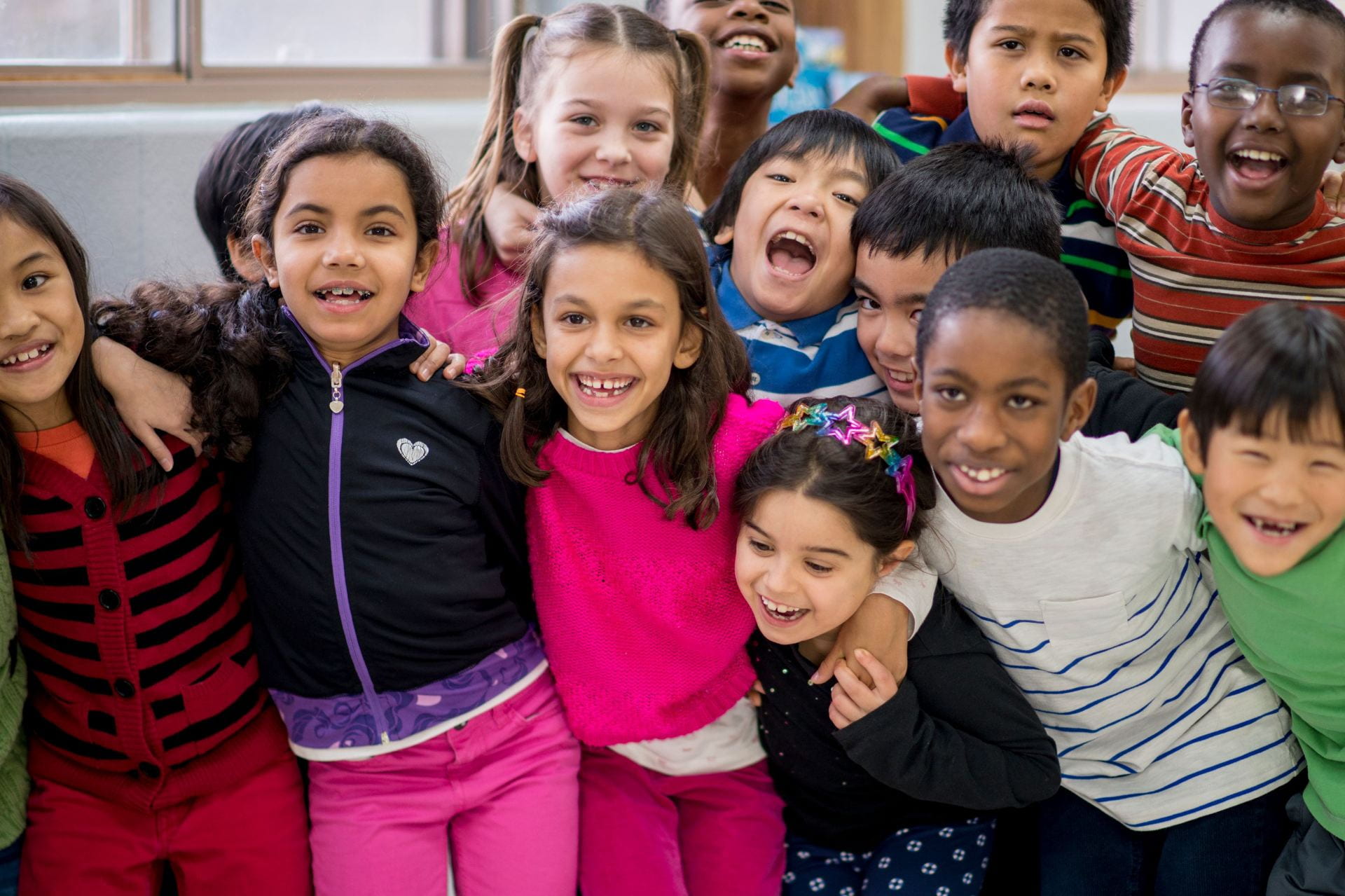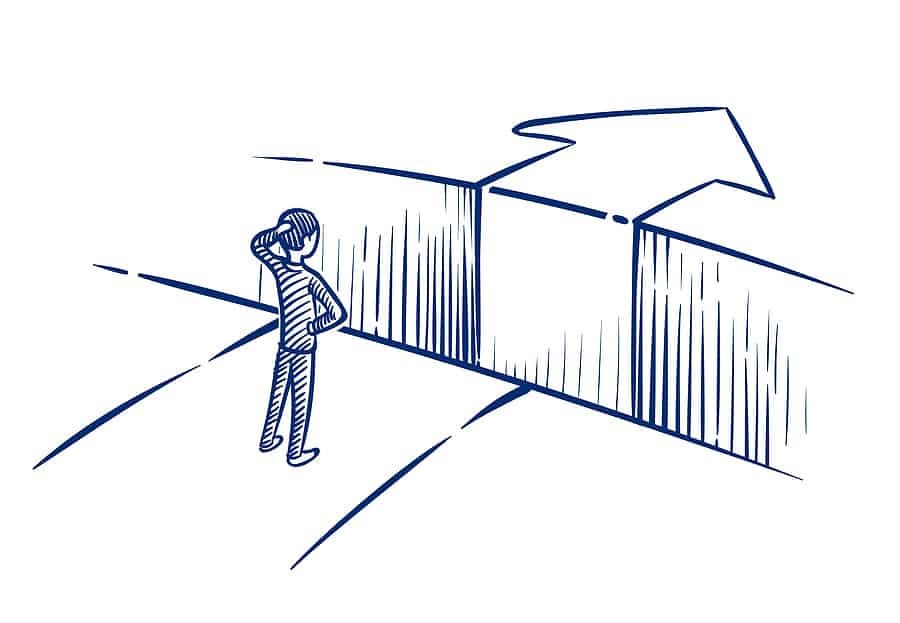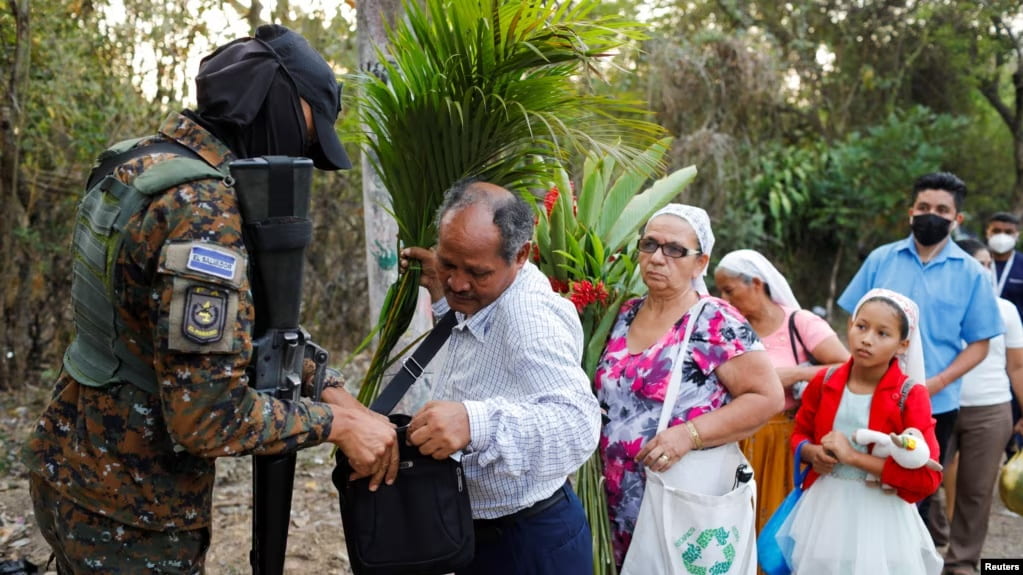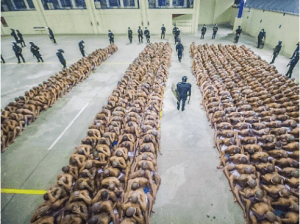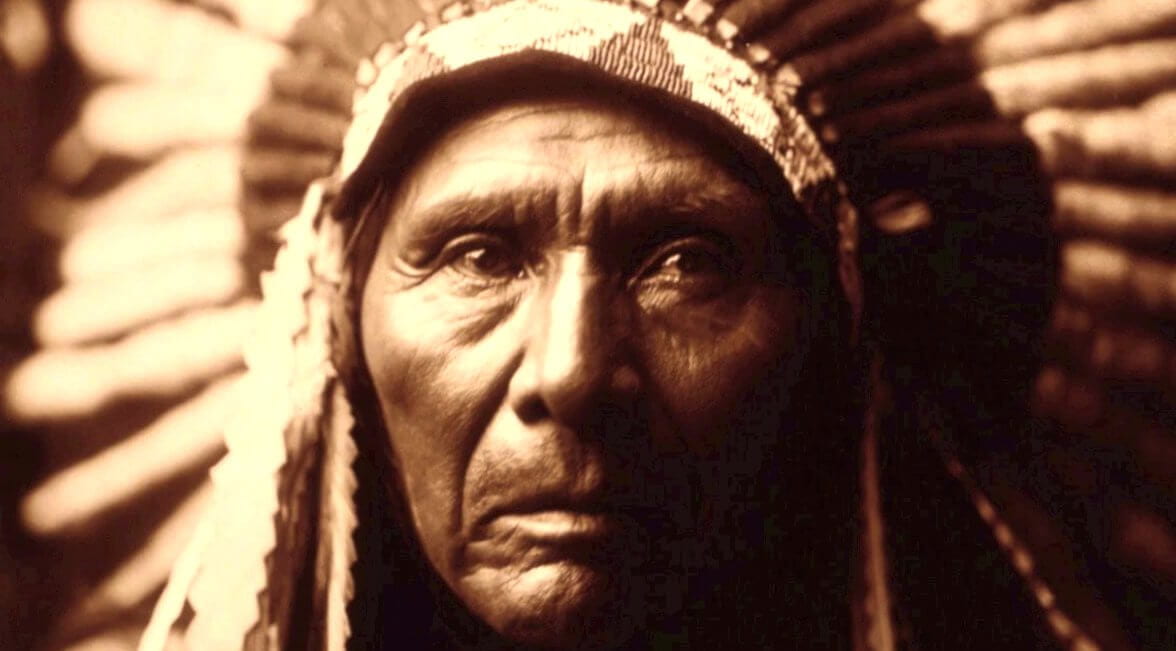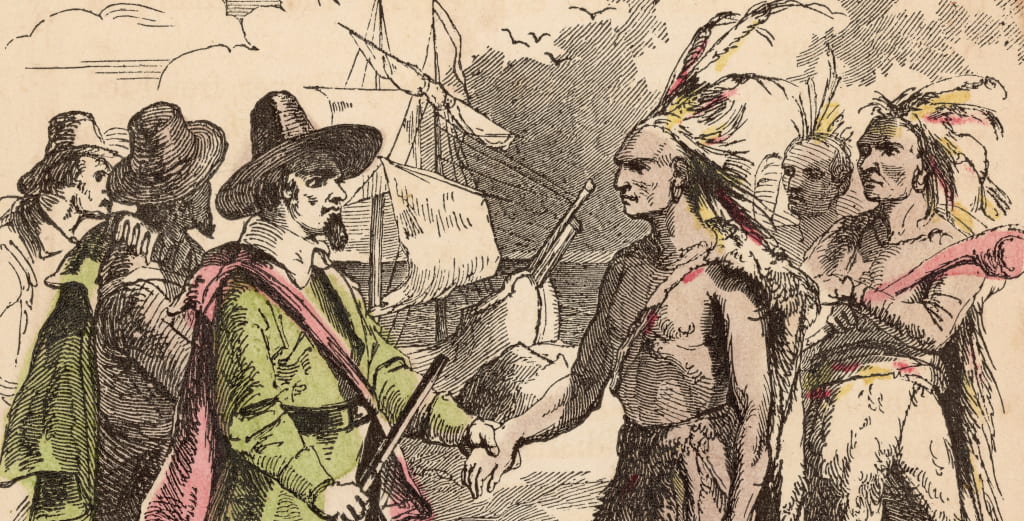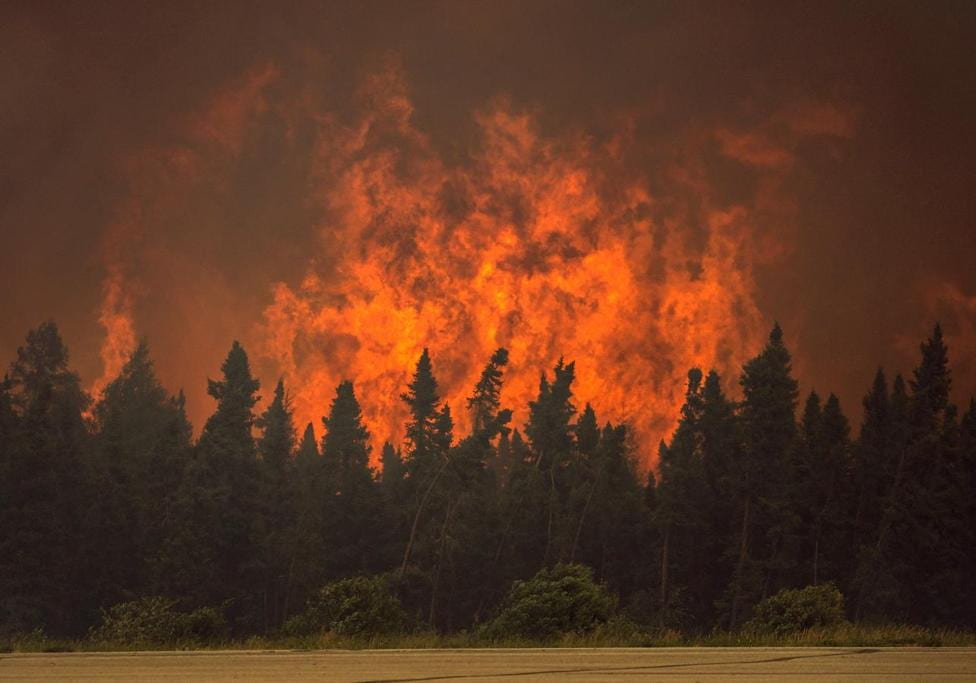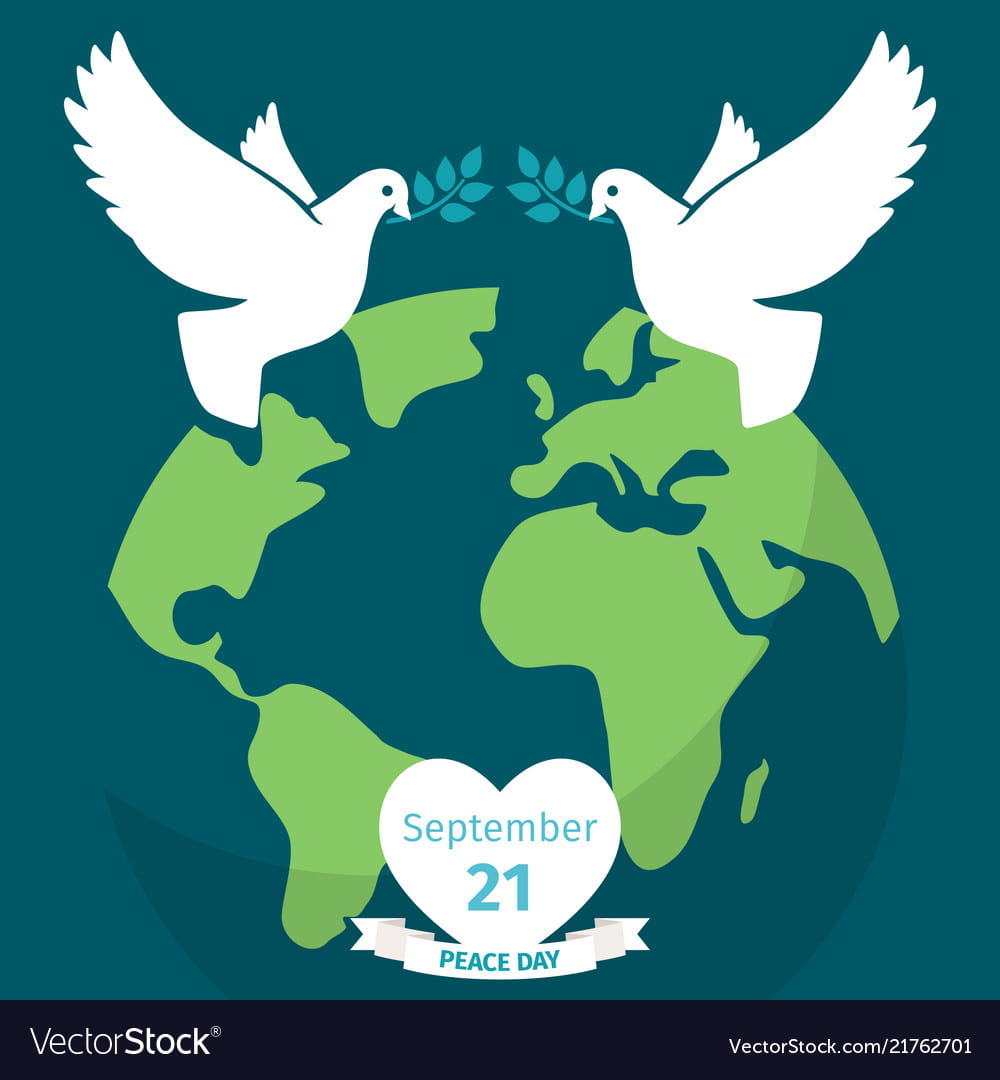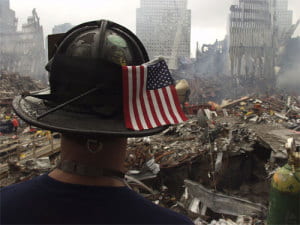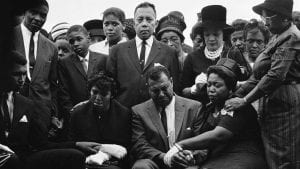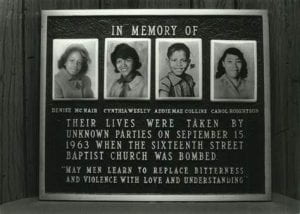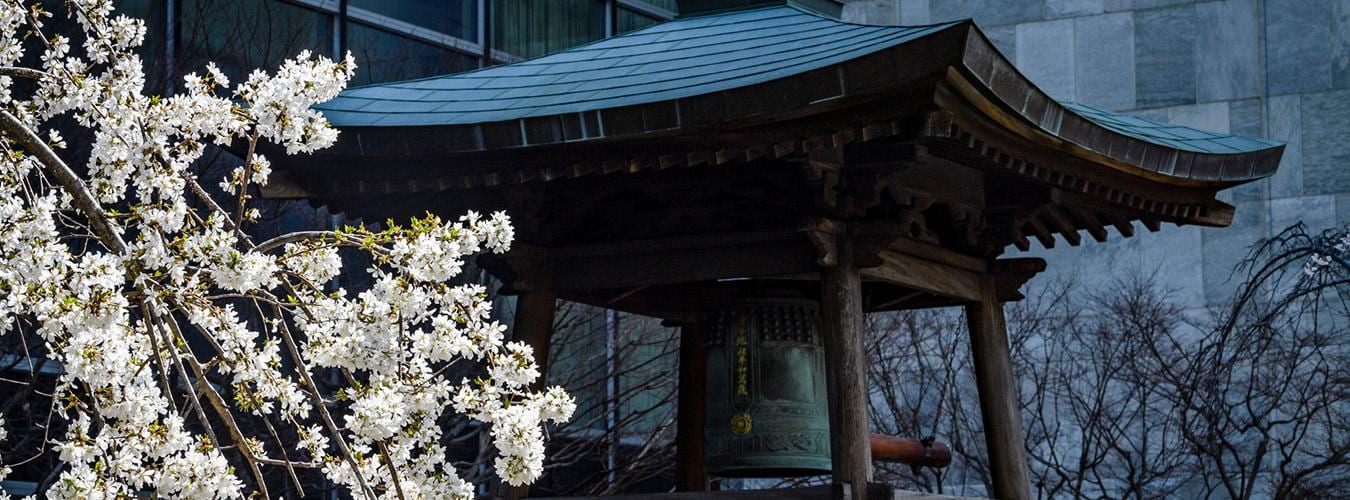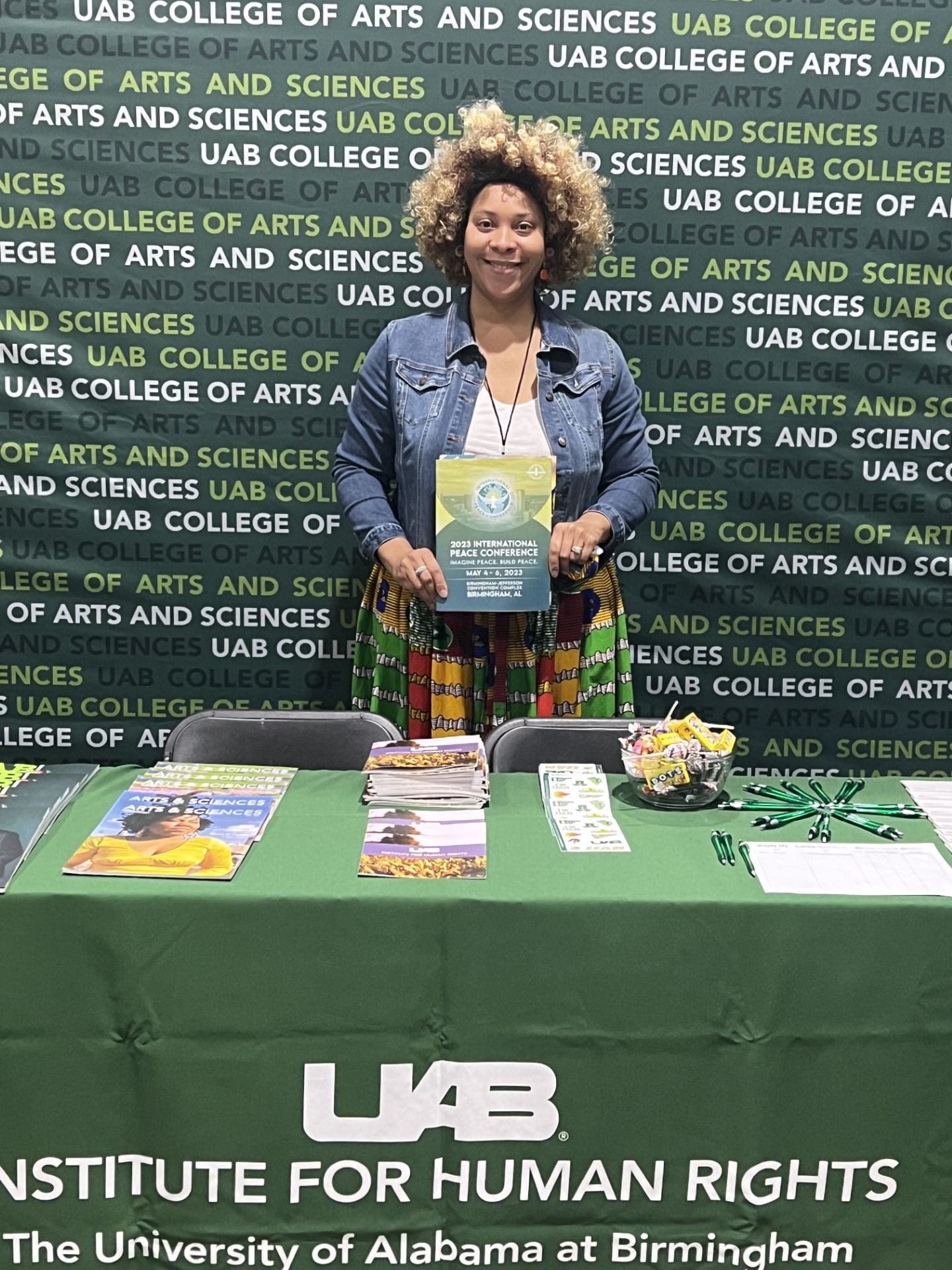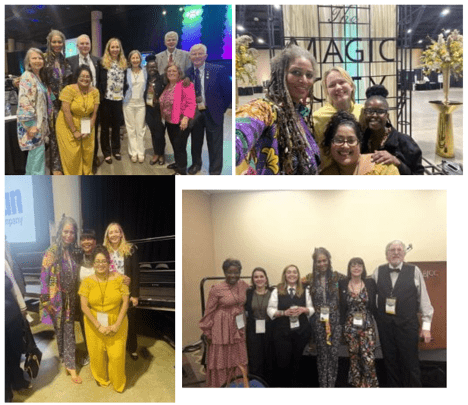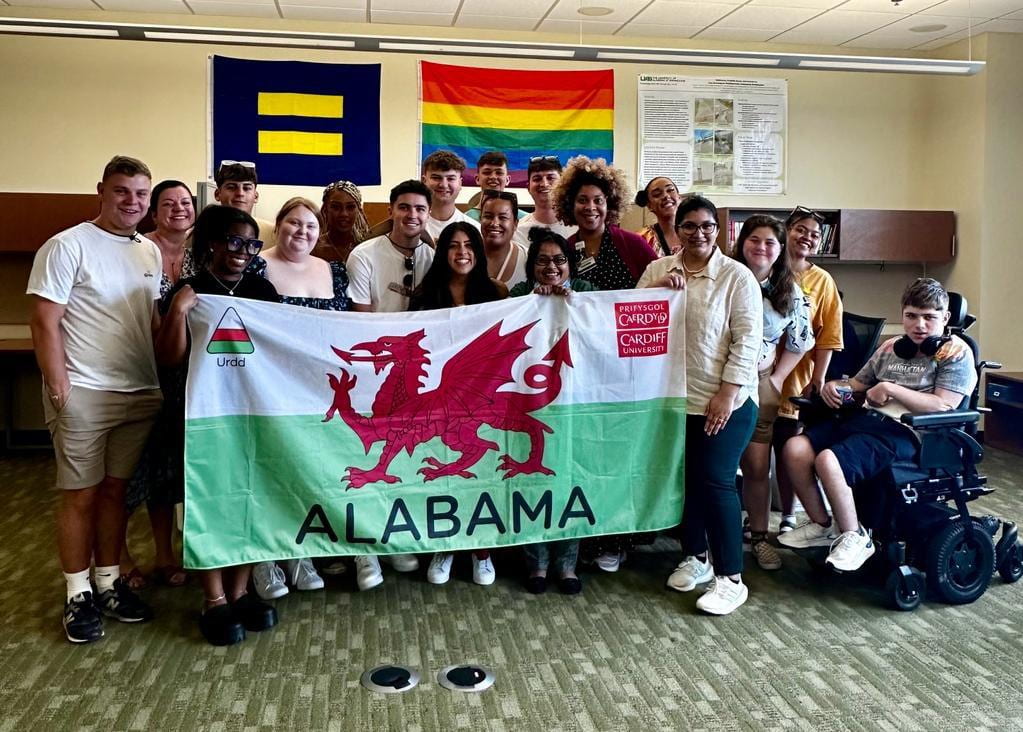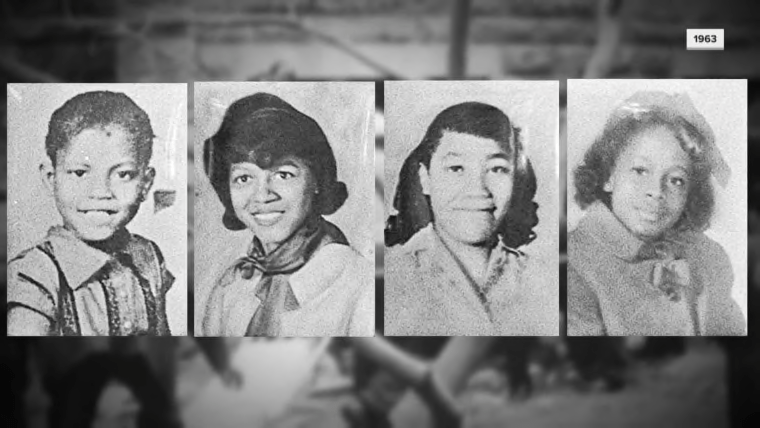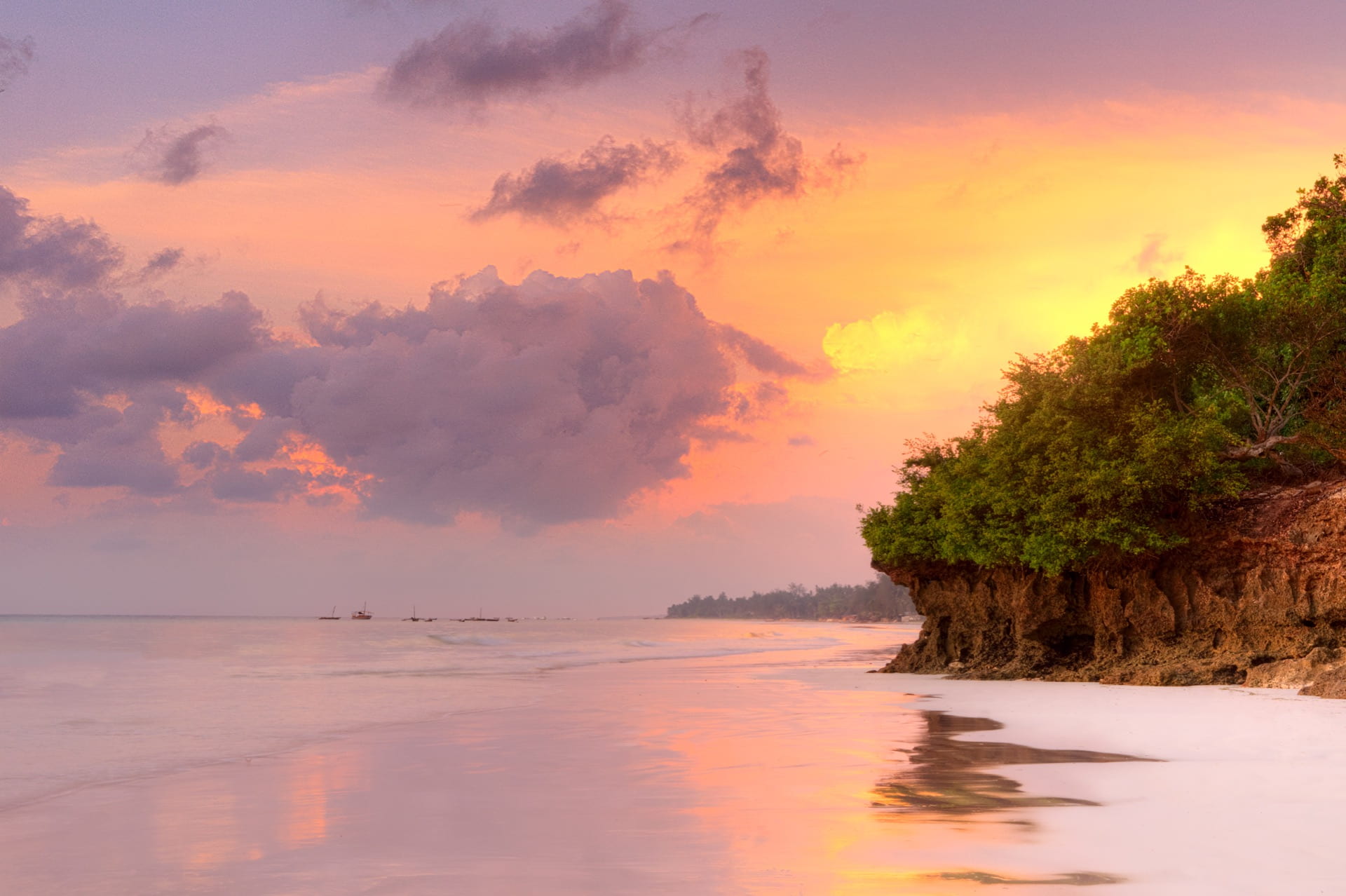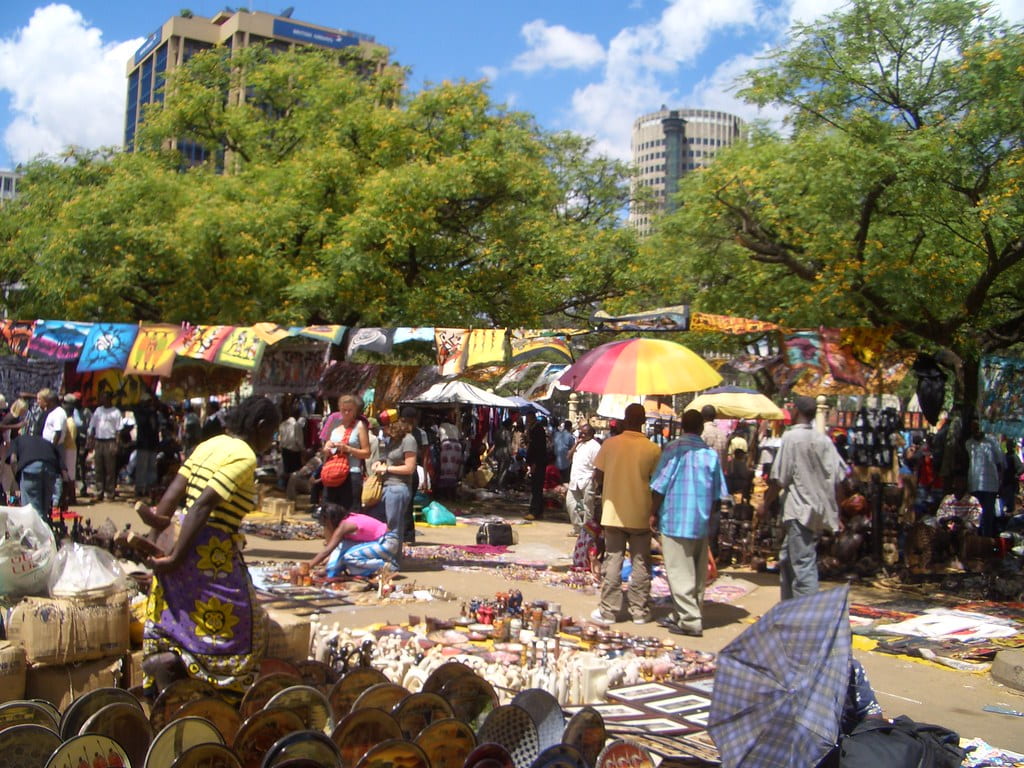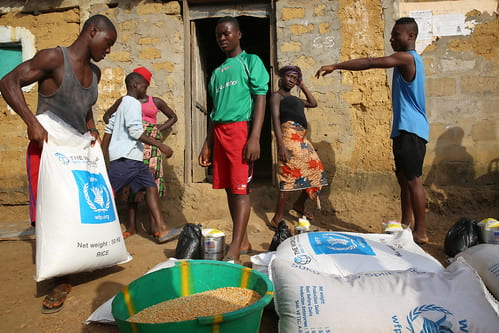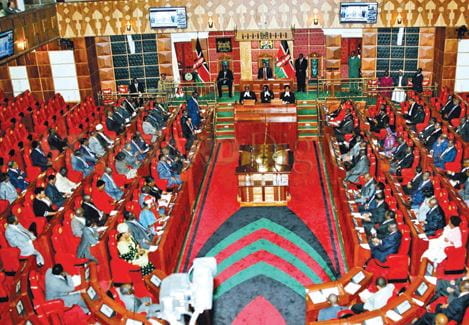by Lexie Woolums
One of the things that dominate American society is what I like to call the “epitome of excess.”
We live in a capitalistic culture that thrives on consumers’ dissatisfaction. Our society’s culture defines American success as getting promoted to a position high enough that one can make enough money to purchase a big house in the suburbs, add a few cars, and have an annual family vacation.
Influencers on social media have added to this growing consumption. People have access to information via “Get Ready With Me” vlogs on TikTok, which feature various (expensive) products to desire based on trends that go in and out of style in just a few short months. This cultural desire to keep up with trends causes a constantly growing urge to have more. Nearly everything is capitalized on, giving us a concept initially coined by Herbert A. Simon in the 1960s known as the attention economy. Digital creators earn money based on views and engagement from their followers. People online regularly discuss strategies to “trick the algorithm” to further capitalize on this economy where time is one of the most valuable things someone can “give,” similar to how we have traditionally viewed money and, later, information. The phrase “time is money” comes to mind, but not in the same way that my grandparents would understand it.
Beyond seeking to maximize the number of seconds a viewer will stay on the video before swiping, this culture has other effects. It pushes for overconsumption. It has become common to see content creators post videos of six dresses they ordered while asking their followers to “help them choose which one to wear” to the event they have coming up. When I was in high school, everyone wanted the Hydro flask. Today, it is the Stanley Cup. As I wrote this article, I was notified that the newest cup fascination is an Owala.

It has even become ordinary for content creators to try and capture views by “de-influencing” whatever the sought-after object is at the time. Spoiler alert: this is generally just pointing to a different brand of metal cup on Amazon that is better and cheaper than the almighty Stanley cup (and, coincidentally, listed in the person’s Amazon storefront, where they earn a commission on every purchase made).
This is just influencing—a system that attempts to capitalize on the attention that follows dissent. The concept is not new, but it has changed how people earn money.
People run entire side hustles by making videos showcasing “Five Products You Need from Amazon,” with aesthetic videos of acrylic containers or trendy dresses.
It is normal to hear people joke about “doomscrolling” for hours online, highlighting the over-encompassing nature of modern social media and its role in our everyday lives. The pervasive nature of this beast has become an accepted fact of life, so we do not always think about questioning it. It takes a degree of separation before one might stop and think, what is the cost of this lifestyle? We do not generally stop to consider how the Amazon package made it to our house in two days. We rarely ask who made the trendy cup we found at Walmart or the skirt we found at American Eagle.
We rarely ask any questions about the actual cost of what we consume.

As a culture, we are so far disconnected from the places and communities that create the products we use that many Americans would struggle to imagine what life would be like if we did not have access to these things. As a culture, we love a bargain, especially when we get to tell someone else about the three-dollar T-shirt we found at Target. What a steal!
It is a culture of mass consumption, and no one is immune to it. From a nicer car to a bigger house to a new water bottle or wardrobe (even when you do not use most of what you have), the desire to have more continues, especially within fashion.
Overconsumption has more negative effects than I can effectively capture in one blog post. It exists in all aspects of life across all sectors of commerce. Based on personal experience as a woman living in the world, fast fashion is one of the most pervasive issues that could be addressed more effectively if more people stopped to question before they purchased.
For this reason, I am honing in on fashion today, but by no means is that to imply that fashion is the sole or most important issue of our insatiable, overconsuming culture.
History
To contextualize the history of fashion consumption, it is important to mention how the fashion industry has shifted its production model over time.
Historically, most clothing purchased in the United States was produced within the country, created by garment workers during the Industrial Revolution. While I will not delve into much of the history here, my colleague, Kala Bhattar, wrote a phenomenal blog that delves further into the history of fashion. I highly encourage people to check that out if they are interested.
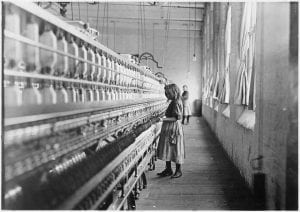
For the purpose of this blog, the critical thing to note is that this system of domestic production and consumption is no longer standard (and is actually pretty rare) and that most large fashion companies have shifted production into different countries in the Global South, so they can take advantage of the cheaper labor.
Pollution
According to the United Nations, the fashion industry is the second largest polluting industry in the world, sitting right behind big oil. As of 2019, H&M was known for having $4.1 billion worth of unsold clothes. Some of the unsold clothing is used to fuel a power plant in Sweden. Still, H&M (and many other brands) still produce a high quantity of textile waste that never gets used, and in many places, it gets sent straight to landfills. People consume 400% more clothing today than twenty years ago. This excessive consumption tends to contribute to human rights inequities like gender inequality since most garment workers are women. It also contributes to the climate crisis due to the manufacturing of chemicals and landfilled textile waste.
The entire business model of fast fashion companies exists based on the idea that consumers will buy things, wear them a few times, and then toss them out and buy more to try and keep up with cycling trends. This model relies on (and intends for) the products to only be used a few times before being thrown out.
With our current consumption habits, the best-case scenario is that an item will be purchased and worn a few times before being discarded. That is a pretty pitiful best-case scenario.

Varying Disparities
Fast fashion’s impact on human rights depends on the location, which widely varies. In the United States, the textile waste predominantly goes to landfills. A 2007 North Carolina study showed how solid waste landfills are disproportionately located in Black neighborhoods. In the world abroad, it is known that fast fashion companies like Zara and Forever 21 capitalize on the cheaper labor in the Global South, resulting in what many have called “modern slavery.”
Extensive human rights violations are associated with fast fashion, from child labor to exposure to toxic chemicals to dangerous working conditions. For instance, in a 2022 undercover investigation, it was discovered that Shein employees work 18-hour days with one day off per month and make as little as 4 cents per garment.
I am keeping this section brief not because these problems are not important but to discuss potential solutions because the ultimate truth is that many people already know about these issues, and we need action.
Affordability
I would be remiss without mentioning the most significant barrier to purchasing slow fashion, and that is affordability.
Since we live in a culture that encourages overconsumption, some may scoff at spending more than twenty dollars on a pair of jeans. We are used to the cheap stuff and accustomed to buying something to use it for a few times before pawning it off at the thrift store or throwing it in the trash can.
Sustainable brands are notoriously expensive by modern standards, and not everyone can afford those brands because they are the exception rather than the rule. In the past, clothing has been made to last for generations, so it was expected that consumers would pay higher prices upon the new purchase.
I want to be clear here that in no way am I trying to overromanticize the past systems of the fashion industry. I would highly doubt that some Americans today seek to abolish the minimum wage or have children working in our factories again. With that being said, we have lost the skills, knowledge, and willpower to make our purchases last in a way that respects the resources and labor it took to make the piece.
Conclusion and Solutions
In terms of solutions, there are some things that we can do to spark change within the fashion industry. These actions exist on two primary fronts: purchasing and—let me emphasize this one here—NOT purchasing.
Regarding true ethics and sustainability, relying on companies to make ethical decisions is not the best strategy since many of them are dishonest about their products’ true social and environmental sustainability. This includes many brands that some would consider to be “sustainable.” Fashion companies are notorious for greenwashing their products, making them appear a better option, even when most of their clothing is not produced ethically or sustainably.
Due to this, consumers should focus on reducing their consumption overall rather than buying when possible.
The best way to minimize the impact on people and the planet manipulated by the fashion industry is to stop buying from those brands. If you need something new and want to buy it, I encourage you to return to your closet and shop from there (because you probably do not need anything). This might sound crazy, but most of us have more than we need, and we must recognize that and act accordingly.
Another solution is to borrow something from a friend or family member. Thrifting or buying secondhand can also be good options to minimize your impact.
All of these examples mentioned fall under the front of not purchasing. If a shirt has holes, learn to mend it to be re-worn. If you want to wear something new to an event, ask a friend to borrow something or try to style something in a new way. Use what you have, and you will be forced to be more creative.

It can also be helpful to consider the washing instructions for specific items. Many articles of clothing would last significantly longer if they were hang-dried or hand-washed.
When these options have been exhausted, and you must purchase something new, be selective. As a consumer, making conscious choices when purchasing new clothing dramatically helps. Suppose you cannot picture yourself wearing something often, or you know the item does not go with anything you have. In that case, it is probably a good idea to refrain from purchasing it.
If you cannot afford to spend a lot of money on clothes, fast fashion is going to be the obvious choice, so it is best to focus on making a mindful purchase with an item you will wear for a long time. Beyond that, the best thing is to take care of your clothes as best as possible to maximize the use you can get out of them.
If you love a staple piece from a sustainable brand, try to save up to invest in it—I guarantee you that it will probably last for years. I recommend this website to check on brands you are interested in—it rates brands based on environmental impact, labor conditions, and animal welfare.
Final Thoughts
We all experience the desire to have more, and that is not always a bad thing. Still, our culture has a lot of work to do regarding setting realistic expectations about the number of things we think we need.
For better or worse, I am an optimist at heart, and I am confident we can do better.
